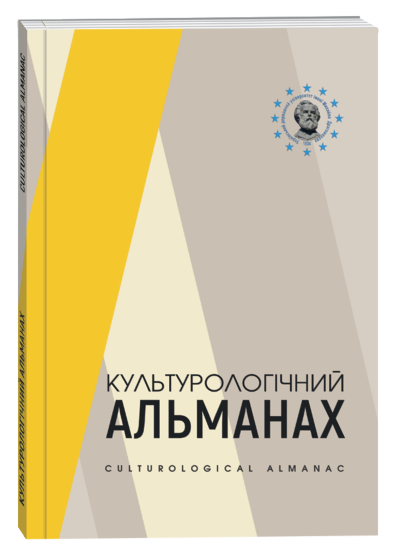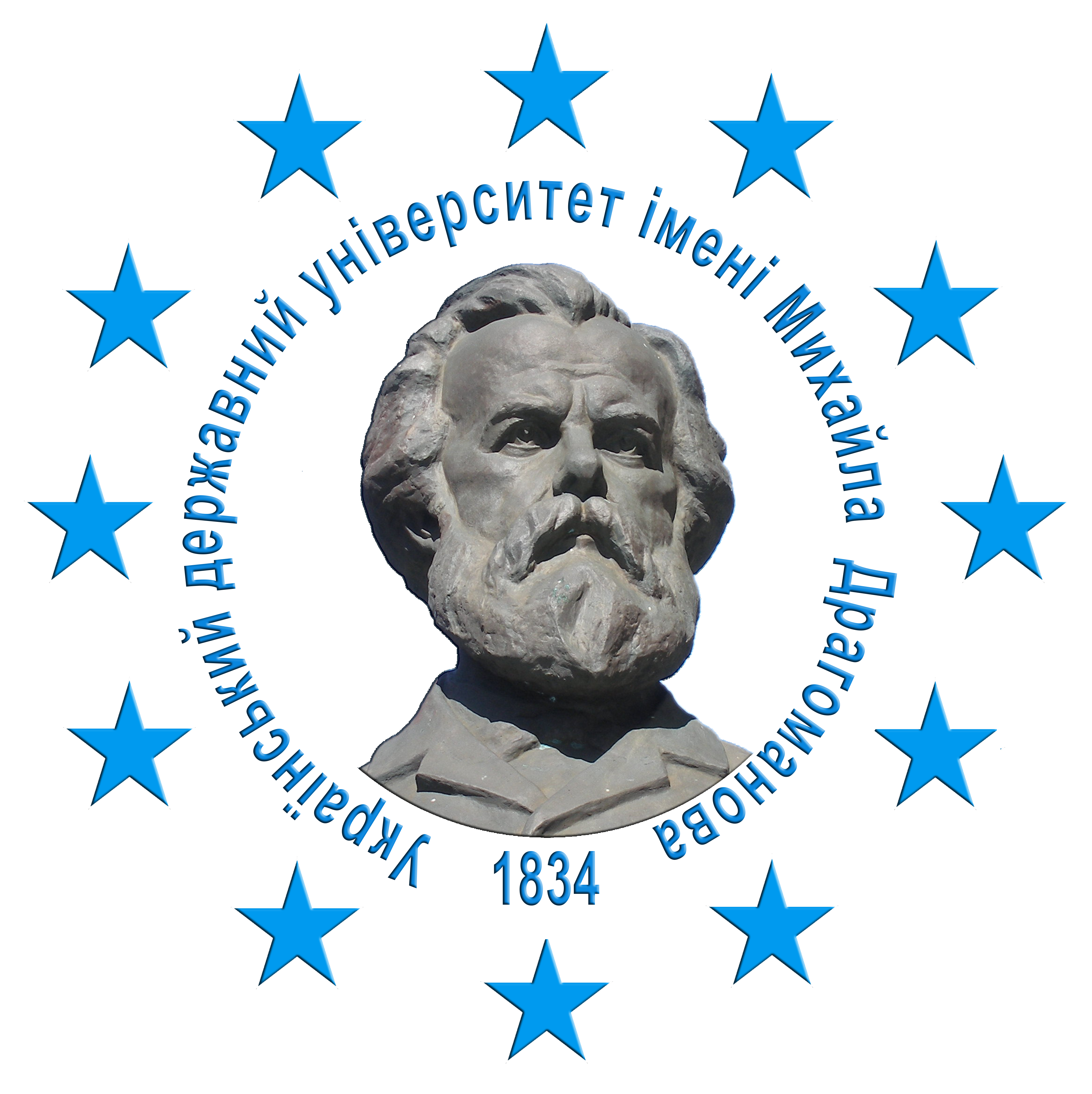SOUND, SIGN, SENSE IN DISCOURSE SOUND STUDIES
DOI:
https://doi.org/10.31392/cult.alm.2025.2.37Keywords:
sound, sound studies, acouslogy, semiotics, sign, meaningAbstract
The presence of conceptual changes in the sound aura of culture requires a thorough philosophical analysis of sound as its primary element. The article highlights some aspects of “sound studies” as a modern interdisciplinary direction of the humanities that studies sound as a cultural, social and historical phenomenon. The discourse of sound studies uses the following concepts: “Soundscape” (R. M. Schafer), “sonic flux” (K. Cox), silence as a horizon of listening (D. Aidy, D. Tup, S. Vogelin, R. M. Schafer), sound-sign-sense. The methodology of sound studies is mainly based on the synthesis of phenomenological and semiotic approaches. The purpose of the article is to outline the leading vectors of modern sound research with an emphasis on its semiotic nature. It is stated that the conceptual apparatus and methodology of sound studies are at the stage of formation and go beyond the traditional (Aristotelian) understanding of sound as a physical phenomenon. It was found that the current vectors of sound research are currently: the nature of sound, its classification, history; phenomenology and semiotics of sound; psychology of sound perception; ecology of the sound environment. The analysis of traditional correlations of “sound” with music as the most concentrated form of the sound landscape is left outside the scope of the article. Attention is focused on the analysis of the relationships sound–visual image, sound–sign in language as a semiotic system, as well as on the understanding of sound in the process of its perception and interpretation. The facts of the tyranny of the «Visual» and its obvious expansionist intentions in relation to the “Sonor” in the space of modern culture are emphasized. The culture of “Hearing” is clearly transforming into the culture of “Spectacular”, which changes the sound landscape of the modern cultural space. The importance of further studying various sound practices, the role of sound in the formation of personal and collective identity, the influence of sound technologies on the formation of the semantic space of culture is emphasized.
References
Гюго, В. (1978). Поезії. Київ: Дніпро. 230 с.
Пруст, М. (2012). У пошуках утраченого часу. На Сваннову сторону: роман / пер. з фр. А. Перепаді. Київ:
Золоті Ворота. 380 с.
Рембо, А. (1995). П’яний корабель. Поезії. Київ: Дніпро. 221 с.
Ackroyd, P. (2012). London. London: Vintage Books. 705 p.
Chion, M. (2018). Le Son. Ouir, ecouter, observer. 3 edition. Paris: Armand Colin. 272 p.
Cox, Ch. (2018). Sonic Flux. Sound. Art and Metaphysics. Chicago and London: The University of Chicago Press. 272 p.
Ihde, D. (2007). Listening and Voice. Phenomenologies of Sound. 2 ed. N.-Y.: State University of New York Press. 276 p.
Deleuze, G. (1969). Logique du Sens. Paris: Les Editions de Minuit. 392 p.
Deleuze, G. (1998). Proust et les signes. 2 edition. Paris: Quadrige/PUF. 220 p.
Kristeva, J. (1969). Σημειωτικη: Recherches pour une semanalyse. Paris: Editions du Seuil. 379 p.
Nancy, J.-L. (2002). A l’ecoute. Paris: Editions Galilee. 85 p.
O’Callaghan, C. (2007). Sounds. A Philosophical Theory. Oxford University Press. 193 p.
Pirs, Ch. S. (1868) Questions Concerning Certain Faculties Claimed for Man. Journal of Speculative
Philosophy. Vol. 2. P. 103–114. https://sites.ualberta.ca/~francisp/Phil488/PeirceQuestions1868.pdf.
Schafer, R. M. (1994). Our Sonic Environment and the Soundscape the Tuning of the Wordl. 2 ed. Rochester, Vermont: Destiny Books. 301 p.
Sterne, J. (Edited). (2012). The Sound Studies Reader. London, New York: Routledge. 565 p.
Toop, D. (2004). Haunted Weather. Music, Silence and Memory. London: Serpent’s Tail. 279 p.
Voegelin, S. (2010). Listening to Noise and Silence. Towards a Philosophy of Sound Art. N.-Y.: The Continuum publishing Group Inc. 231 p.








